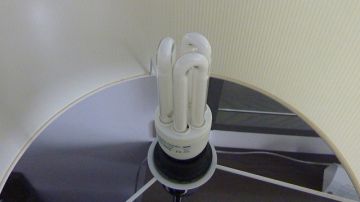5 quick tips to an energy efficient home
Alongside words such as "modern" and "innovative" you will often hear other words like "environmental"…

Crédito: Flickr
Alongside words such as “modern” and “innovative” you will often hear other words like “environmental” and “efficient”. Today’s contemporary homes, are not only about unique furnishings and brilliant wall colors, they are also about practicality and sustainability. Whether you’re building a new home, or you’ve decided to renovate an existing house, ensuring it is as efficient as possible has never been easier.
When warm air seeps out, or an improperly sealed window allows old man winter in, then your home is not at all energy efficient. It may not be cost-effective to replace all the windows in your existing home, but adding storm windows and weatherstripping can help. If you are adding new windows, upgrade to the Energy Star windows to ensure the most energy efficiency. You can make your windows even more energy efficient with proper window coverings.
Most furnaces built before 1992 are not considered energy efficient and will waste approximately 35% of your fuel bill. It may be worthwhile to upgrade to an Energy Star rated furnace. Choices such as condensing furnaces have an efficiency rate of more than 90%.
This is another highly used system in the home, and one that can cost you a lot if not working efficiently. A few at-home tips to help make your hot water and heating systems more efficient include; insulating the water lines to prevent rapid cooling between uses, lowering the constant setting of your heater to warm (120°F), and installing low-flow shower heads and bath faucets to improve your home’s energy efficiency. If you want to replace your existing system, opt for ‘on-demand’ hot water systems that use circulating loops which are only activated when a faucet is turned on.
Easy and efficient, replacing old incandescent bulbs around your home with CFL (compact fluorescent lamps) will make a big difference. Many of the incandescent bulbs cost more in energy use than they do to buy. CFL bulbs may cost more upfront, however, not only can they throw off more light, they do so at a fraction of the energy use. If you do not want to spend money replacing every bulb in your home at once then replace the most-used incandescent bulbs with CFLs first.
Updating old appliances to new Energy Star models will also help make your home more energy efficient. A key to maintaining this new level of efficiency is to ensure you do not use the old model. Replacing an old fridge with a new one, for example, makes it tempting to plug in the old fridge to use as a backup. On average, on older model fridge uses between $100 to $150 a year in electricity.












